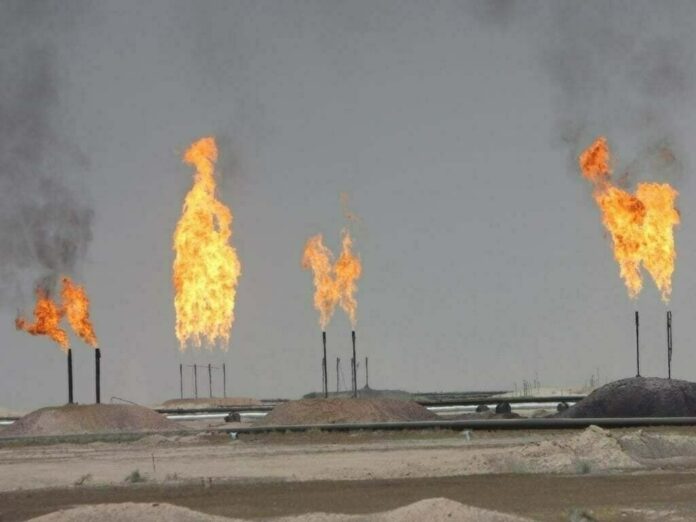Recent reforms in Pakistan’s energy sector, including gas price hikes since November 2023, are showing positive outcomes, according to a report by Intermarket Securities.
The gas price increase has effectively curbed the buildup of circular debt in the gas sector, resulting in improved recovery rates for Exploration and Production (E&P) companies. Recovery ratios have surpassed 100% over the last two quarters, a significant rise from the five-year average of 50-60%.
This improvement has spurred a 35% rally in the sector since the start of the fiscal year, though the remaining circular debt balance remains a key concern.
According to the report, the ongoing decline in global oil prices, coupled with a stable exchange rate, is expected to reduce the revenue requirements of the gas utilities. If these cost savings are not passed on to consumers, the surplus collections could be used to clear the outstanding circular debt balance, further improving the sector’s cash flows.
The report anticipates a major correction in global oil prices as OPEC+ phases out production cuts starting in December 2024, with weak demand driven by China’s sluggish growth and potential US shale production increases. Lower oil prices, coupled with a stable PKR-USD exchange rate, may negatively affect earnings for local E&P firms. Intermarket Securities projects Brent prices at $77 per barrel for FY25 and $72 for FY26.
Despite the anticipated drop in oil prices, production growth is expected to support profitability for Pakistan’s E&P companies, with a forecasted 9% year-on-year increase to 195 million barrels of oil equivalent (mmboe) in 2024-25.
New discoveries by OGDC and Mari Petroleum, including the Shewa and Bettani fields, along with a significant find at Razgir by MOL, are expected to drive production gains. The Shewa and Razgir fields are set to begin production in early 2025, while Mari’s Ghazij find is currently yielding around 30 million cubic feet per day (mmcfd) of gas. OGDC’s Bettani field is expected to ramp up production to 3,500 barrels per day, up from the current 1,000 barrels.
According to IMS Research, these developments in both policy and production are expected to improve cash flows in the sector, positioning Pakistan’s energy industry for sustainable growth amid a shifting global oil landscape.




